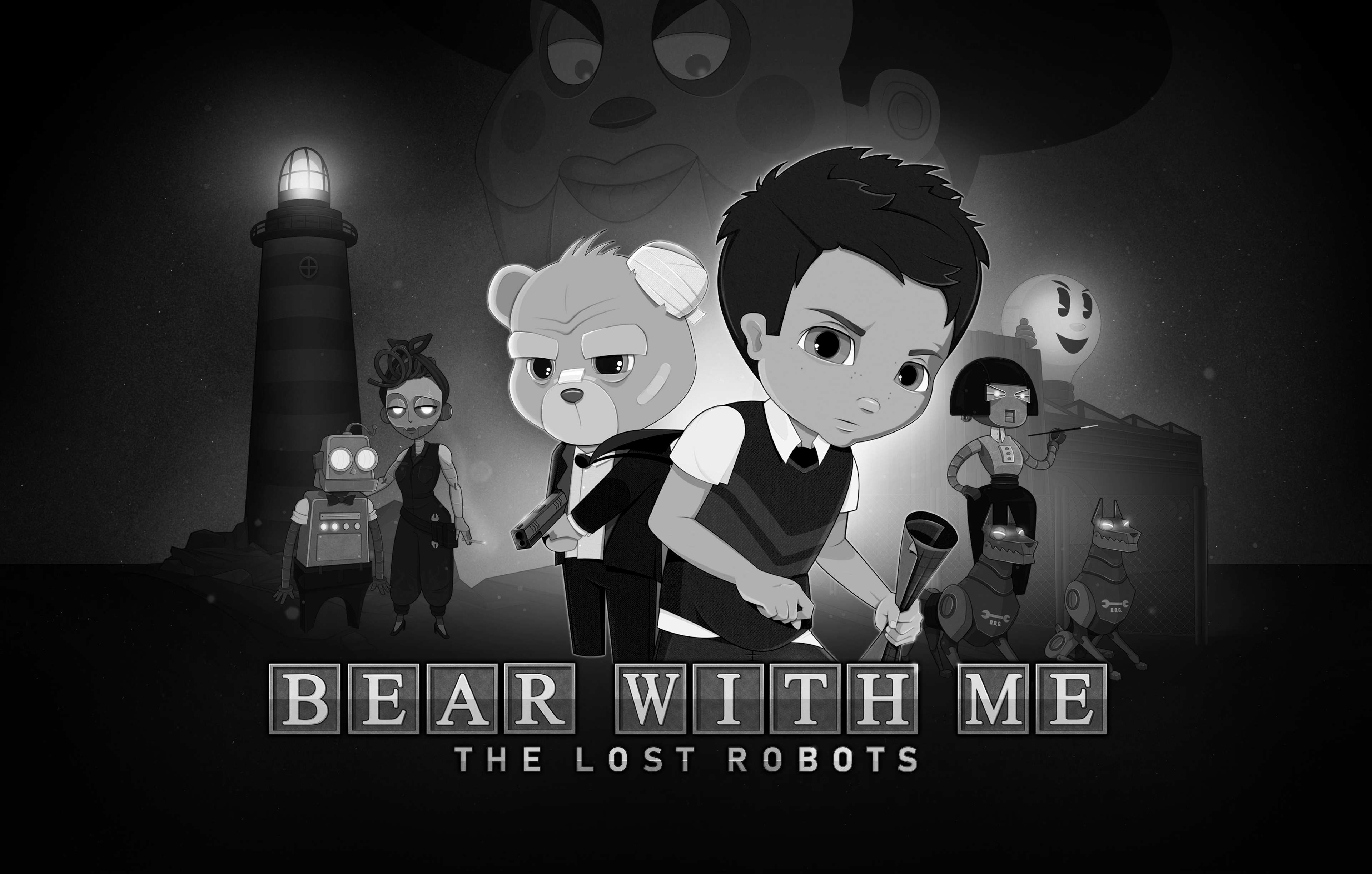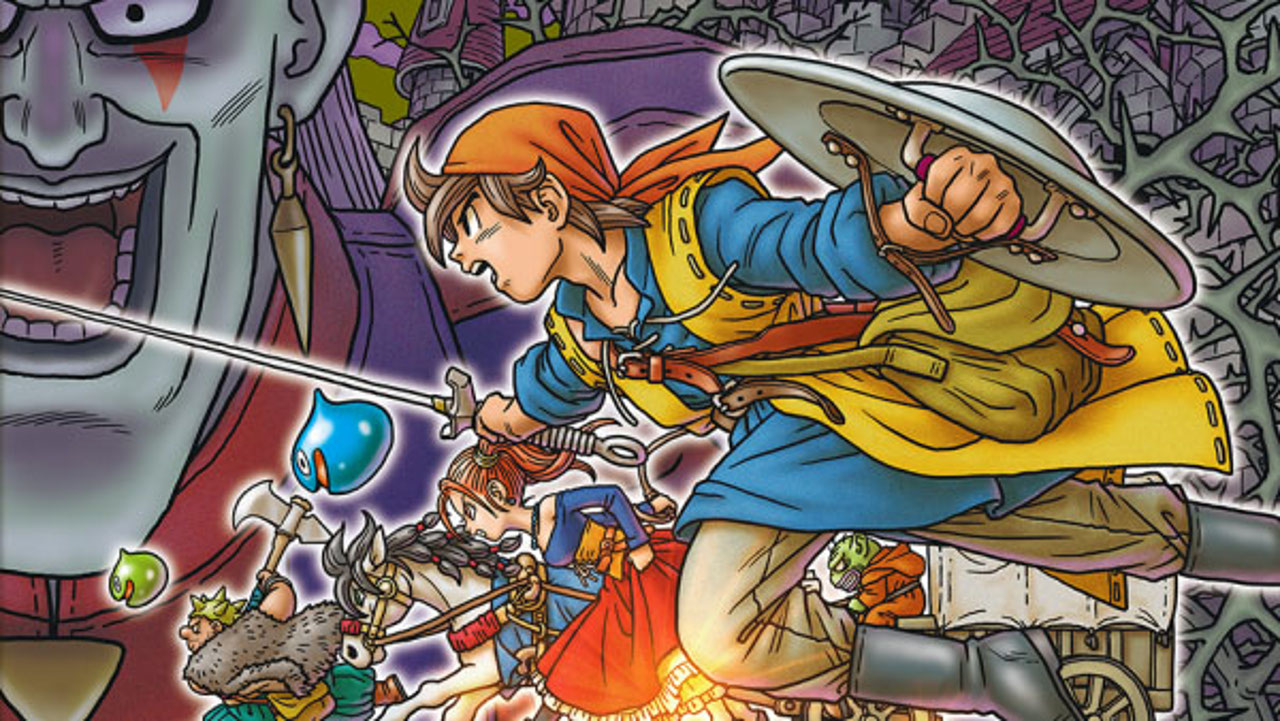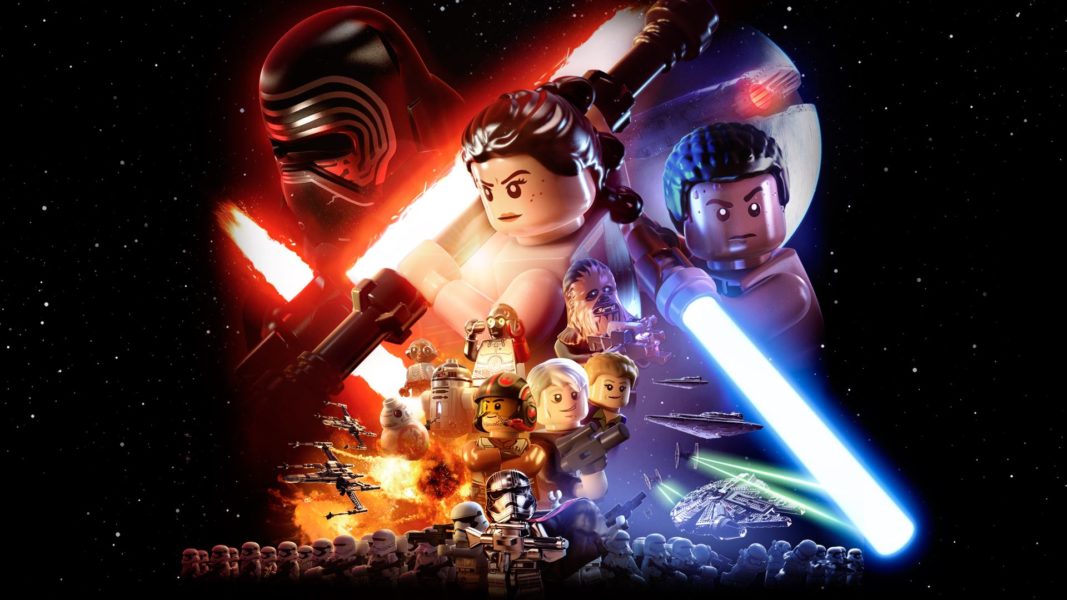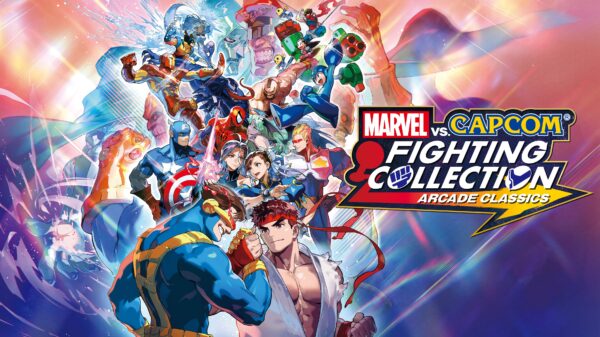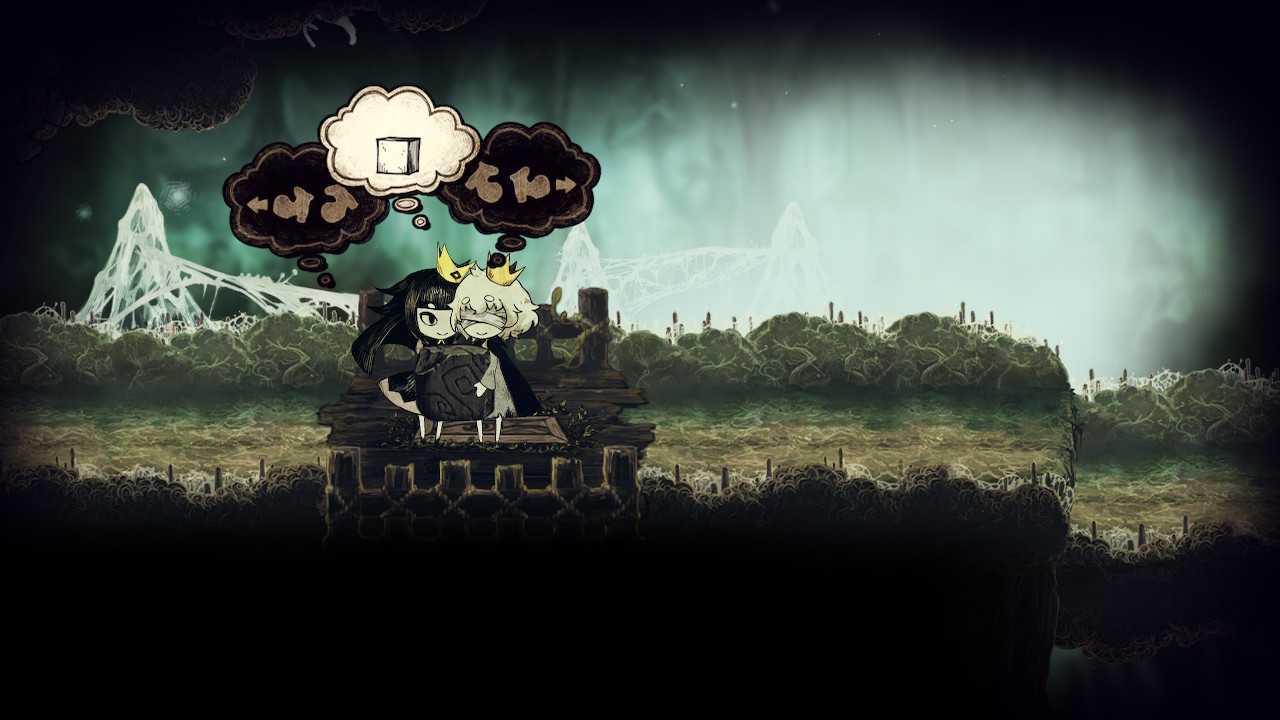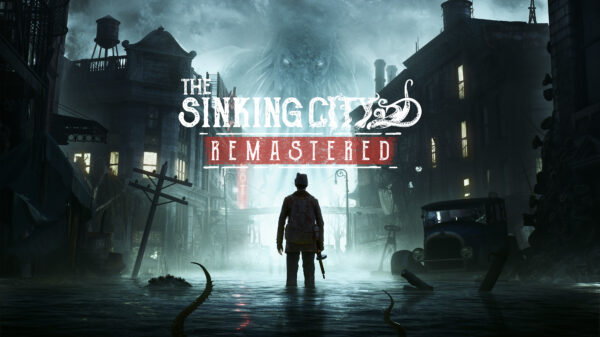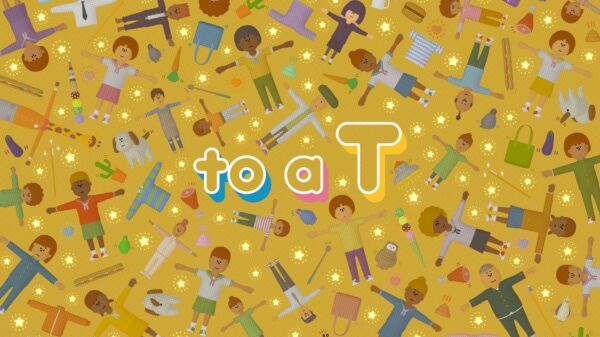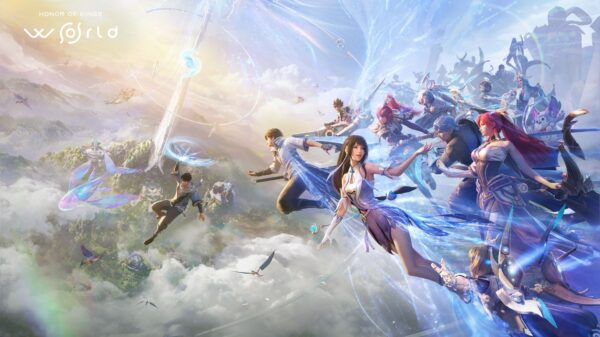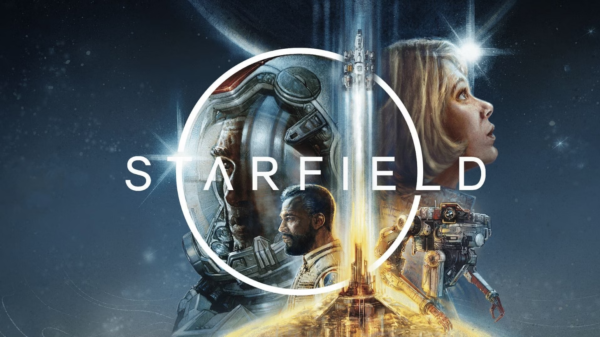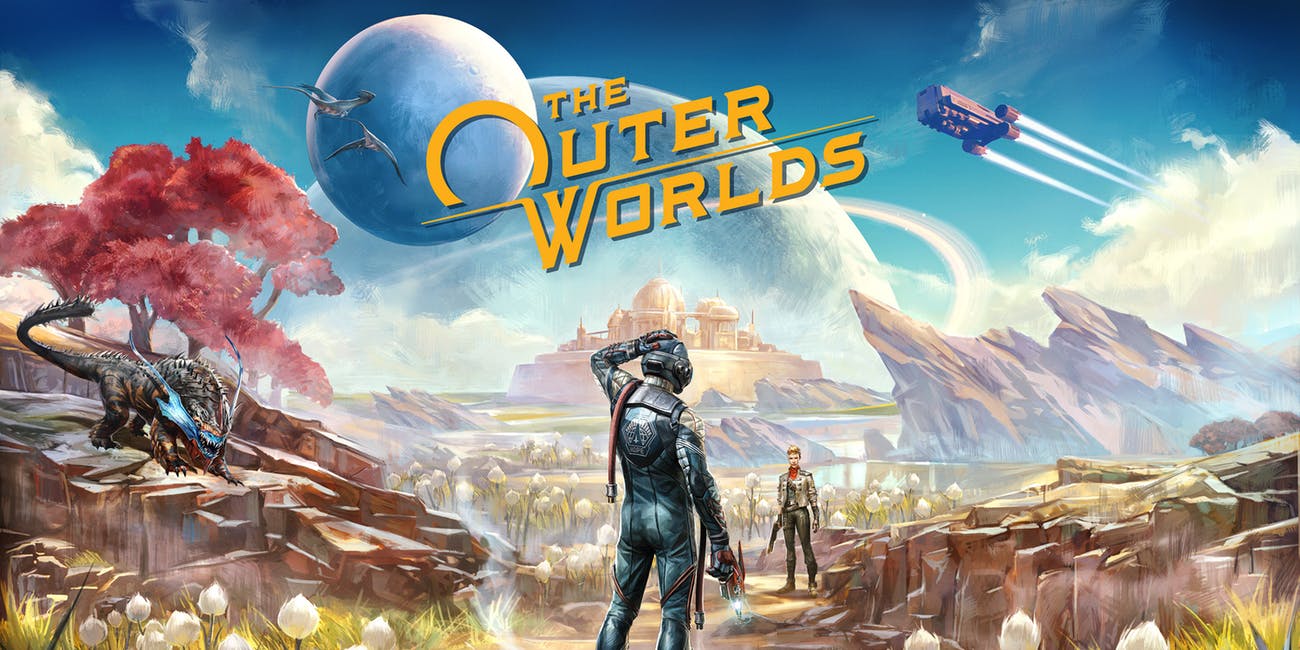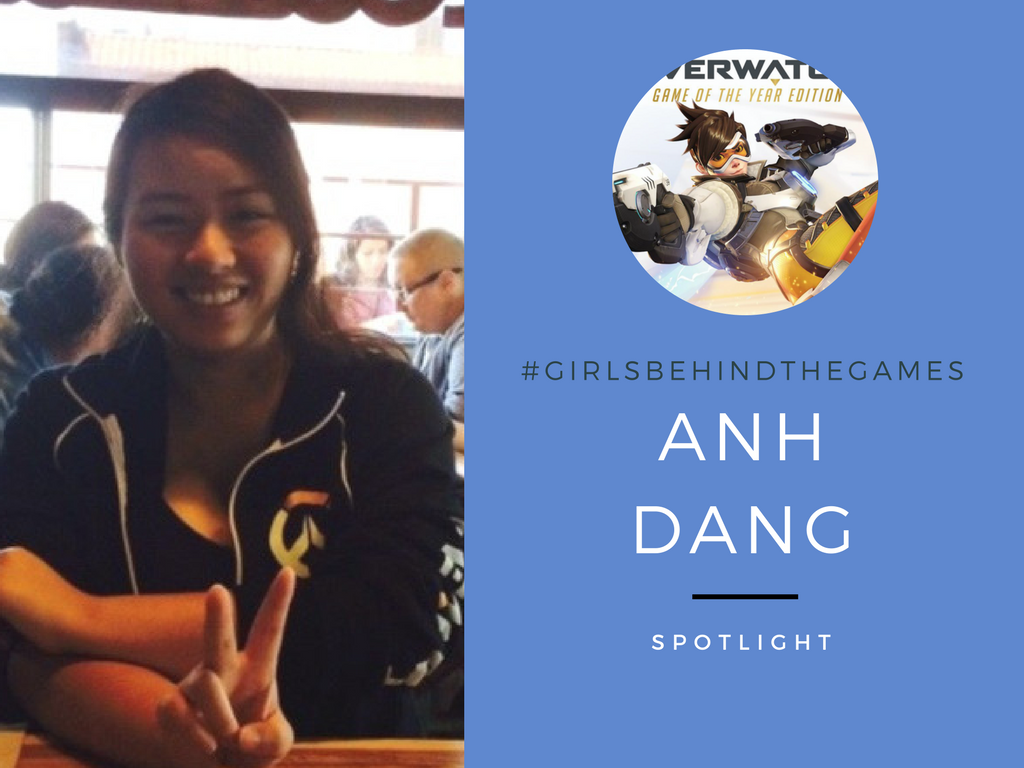If you’ve perused Twitter today, you might’ve seen a certain trending hashtag—#GirlsBehindTheGames.
I know what you’re thinking: Ugh, another hashtag. When will these young folks (women especially) stop with all these hashtags that don’t really change anything?
But I’m here to redirect your train of thought onto a more fitting track.
While I agree that hashtags are becoming increasingly prominent in the digital space, establishing relationships and uniting people around the world on a common issue is something of beauty and value. With Internet access always at our fingertips, our ability to tell our stories and voice our opinions on relevant issues is more pronounced than ever before.
This brings me back to the hashtag in question: #GirlsBehindTheGames.
The online campaign was launched last week by New Zealand-based VR company Runaway to promote diversity in the workplace—specifically women in the game industry—as well as to lead up to International Woman’s Day on March 8th. Since launch, the encouraging sentiment has spread like wildfire and the movement is currently in the international spotlight. But why?
We’re excited to finally launch #girlsbehindthegames!
Only 22% of the games industry identify as female and we want to encourage diversity by highlighting wonderful women in our company and industry. pic.twitter.com/Ef5TLKKSNQ— Girls Behind The Games
(@grlsbehindgames) January 25, 2018
One surprising fact about the U.S. video game industry is that, in 2017, 42% of gamers identified as female.
What’s even more shocking, however, is the International Game Developers Association (IGDA)’s Developer Satisfaction Survey 2017 Summary Report.
According to the report, only 22%—you heard me right, 22%—of the game industry identified as female. Unfortunately there are no demographic breakdowns in regards to gender identity, but only 32% identified as something other than Caucasian, 19% identified as something other than heterosexual, and 25% identified as having a disability.
If so many women enjoy games, why is our presence in the industry so scant? What obstacles have women in the industry encountered, and how have they overcome them? What are their stories?
This is where the power of social media reveals itself.
#GirlsBehindTheGames is much more than a beautiful compilation of women standing proud in their own achievements. These women stand together; they stand with those experiencing similar struggles, and stand with those curious about the industry and how to make their way into it. These women are engineers, artists, storytellers, sources of inspiration and wisdom ready to support prospective developers/managers in their career journeys.
Here are some of their stories:
The fact is (and has been for a long time): we need more diversity in the workplace.
The IGDA agrees, and lists the “continued underrepresentation of women, ethnic minorities and older workers, and the associated challenges of equity and discrimination” as a “significant challenge.”
It’s also reassuring to note the following statistics on “Attitudes on Diversity:”
- 84% felt that diversity in the game industry was important
- 42% felt the game industry had increased in diversity over the past two years
- 85% of respondents indicated that diversity in game content was either ‘somewhat’ or ‘very’ important
The first step in solving a problem is recognizing that there is, in fact, a problem. And it seems like quite a few people recognize the lack of diversity in the game industry. Having strong, successful female role models is incredibly important for any girl’s development. Encouraging and uplifting women is the right trend to follow.
We must persist. We must be better.







